Plantain Weed |
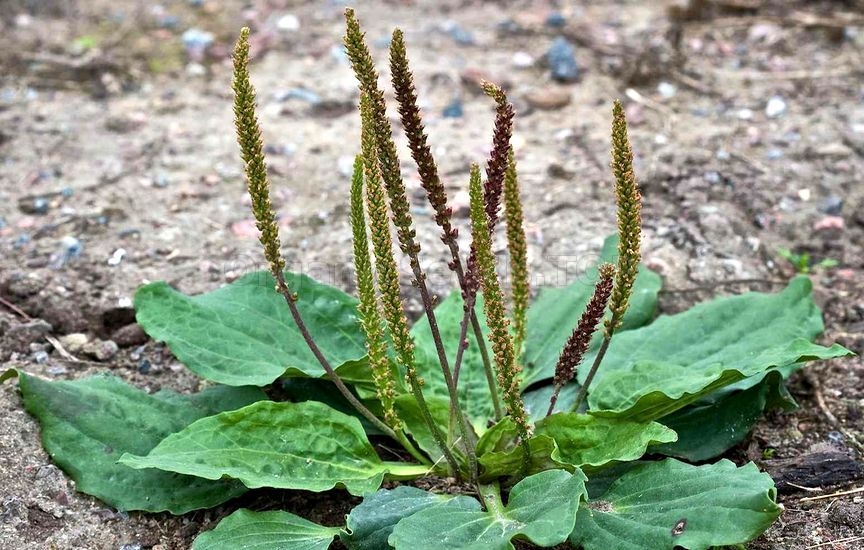 Many consider plantain a common weed and will do whatever it takes to get rid of it.Common plantain weed Actually this “weed” has some amazing qualities. Common plantain (plantago major) is a low growing perennial plant. The seeds and tiny flowers extend just about the full length of the spikes. The leaves are broad and oval shaped. The stocks holding the tiny flowers grow up from the roots. Ribwort plantain (Plantago lanceolata) is used in the same manner as common plantain. Ribwort plantain is often also called English plantain. The leaves are narrower and the seeds and tiny flowers are at the end of the long stocks. A sure way of identifying plantain is to take a close look at the leaves. The leaves have very strong and deep veins which extend in a vertical direction. If the veins of the leaves are in a horizontal direction it is not a plantain. Plantain Weeds are Edible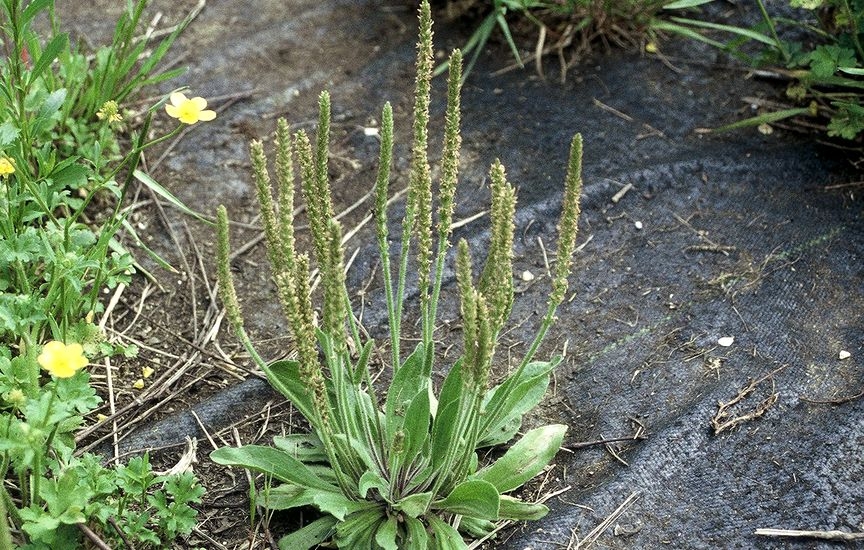 The plantain leaves are edible. If you wish to eat the leaves raw in salads make sure you pick the very young leaves in early spring. The plantain has a bitter taste. The older leaves will be tough to chew because the veins grow to be very harsh. Older leaves are best used chopped and cooked in stews. The seeds are also edible. When cooked and when baking the seeds will swell. The seeds contain Vitamin B1. “White Man’s Foot”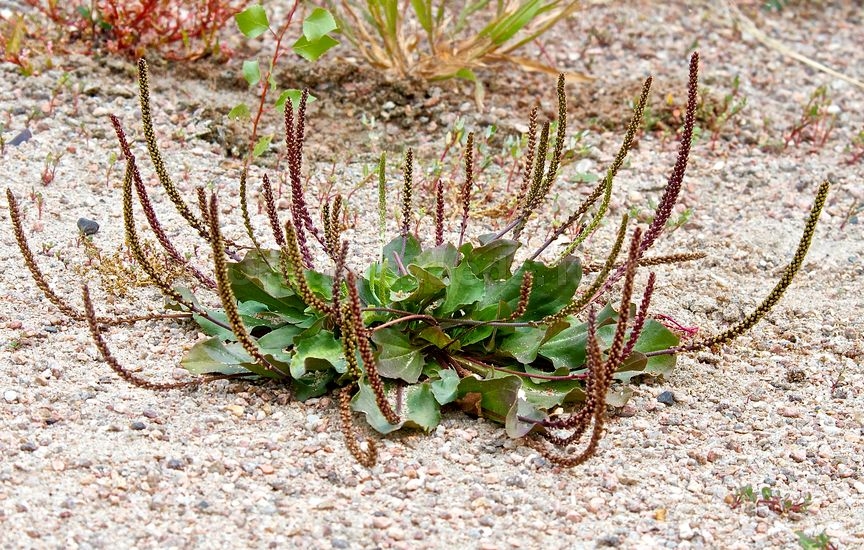 Plantain was brought to America by the new settlers from Europe. The Indians of North America nicknamed plantain “the white man’s foot”. This plant seemed to grow wherever the white man travelled. By following the trail of plantain they could easily pinpoint the route the white man had taken.
There is an explanation to this discovery. The seeds of the plantain are somewhat sticky. The seeds would stick to the shoes of the travelers and to the animals which accompanied them. That is how the plantain spreads. Plantain grows and spreads in areas close to people and animals. That is one reason why it is common to find lots of plantain along roadsides. Plantain Weed Herbal Uses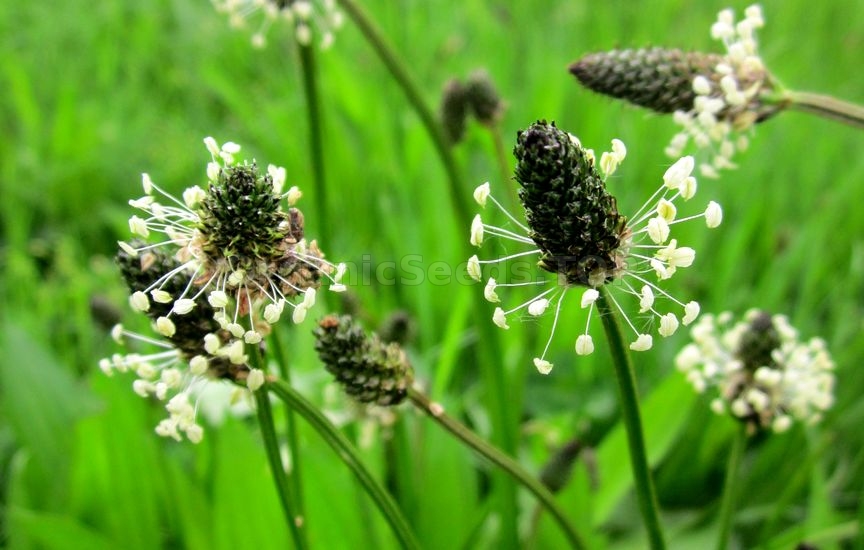 Common plantain and Ribwort plantain are used interchangeably. Some do say that ribwort plantain taken as tea is a better option to help strengthen week lungs. Common plantain is used for the same purpose. Plantain is super antiseptic. This herb is a powerful remedy to reduce pains caused by poison ivy and bite stings.
Some to say it is fine to just place a leaf on the stinging area of the skin, but it has a much better effect if the leaves are crushed. It is the juice from the leaf that speeds up the healing process. Take a couple plantain leaves and chew them to make a “paste”. Place the crushed leaves on the area that stings. This works almost like a miracle. The unbearable stinging pain will be reduced to a slight tickling more or less immediately. You can also just crush the leaves and place them on the wounded area of the skin. Surely this plant came in handy for travelers walking on foot in the past. Plantain was easy accessible as it is often found along paths that people often tread. Plantain grew in places where it was most needed. Plantain Herbal Tea Plantain contains Vitamin A, C and K. This tea has a positive effect on reducing the discomforts of hay fever. Plantain tea is also good for coughs and colds. This tea is especially beneficial for week lungs. Plantain tea is an excellent remedy for cleansing and removing toxins from your blood.
Plantain has a positive effect on chronic inflammation of the colon. Use fresh leaves to make the tea. To make plantain herbal tea; take two – three leaves. Rinse the leaves. Put them in a cup. Add boiling water and let it steep for about ten minutes. Remove the leaves and enjoy your tea. If you live in a cold climate you can freeze the leaves for easy access during the winter months. You can also use dried leaves if that is more convenient. To help ease the discomforts of a headache soak a piece of cloth in plantain tea. Place the cloth on your forehead and relax. The Plantain Weed In Folklore and History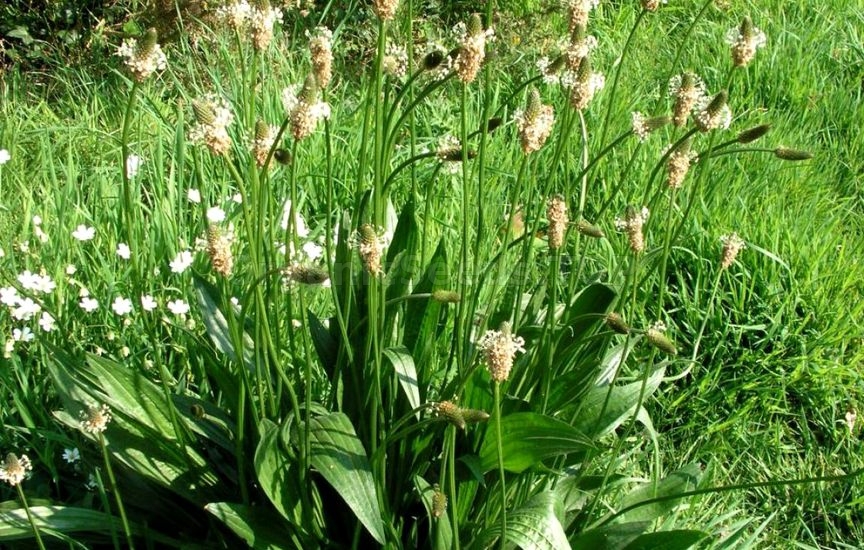 In Ancient China plantain was a valued plant. It was a symbol of fertility because of the large amount of seeds on the stock. People would gather plantain believing this would help encourage a pregnancy and the birth of a healthy child. Plantain was one of the sacred nine herbs in ancient Anglo-Saxon tradition. It is mentioned in “the Lacnunga” which is a collection of texts from the 11th century. It was then called “Waybread”. The nine herbs were: wormwood (mugwort), plantain, watercress, betony, chamomile, nettle, crabapple, chervil and fennel. The god named Woden sent the nine healing herbs out into the world for all people to use no matter what their social status was. Woden was amongst other traits a sorcery god and is now better known as Odin as the Vikings called him. 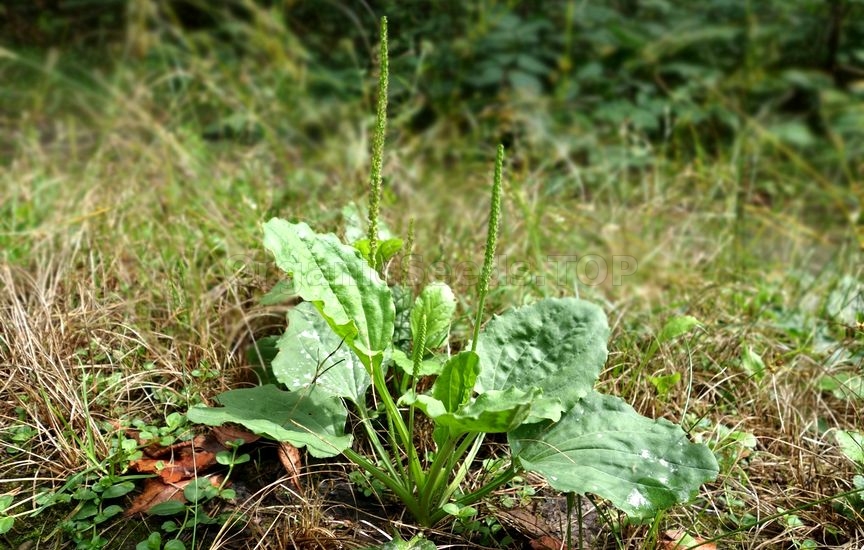 The plantain weed has been used as a medicinal herb for at least 2000 years. The plantain weed was well known and recommended for its healing properties in Ancient Rome and Ancient Greece. You may need:«Indian» - Organic Fleaworts Seeds (Plantago Arenaria) |
|
|
